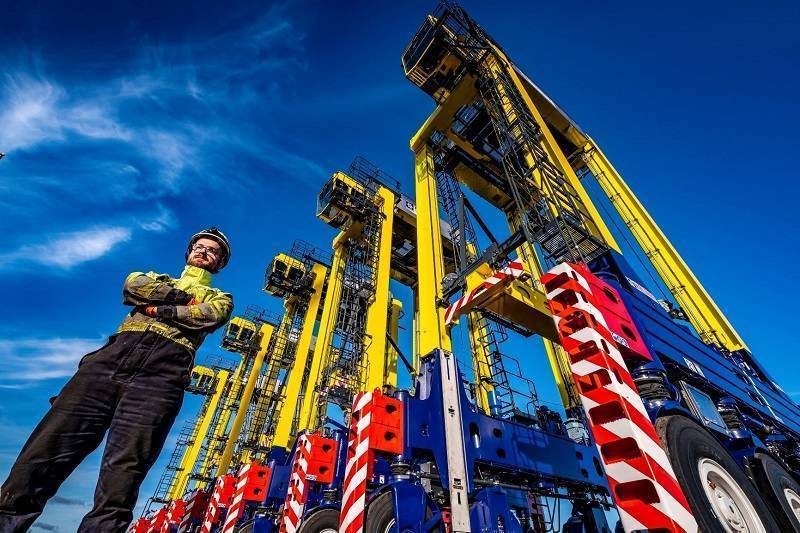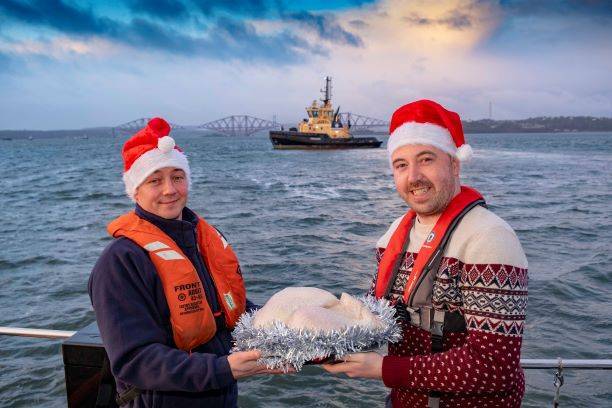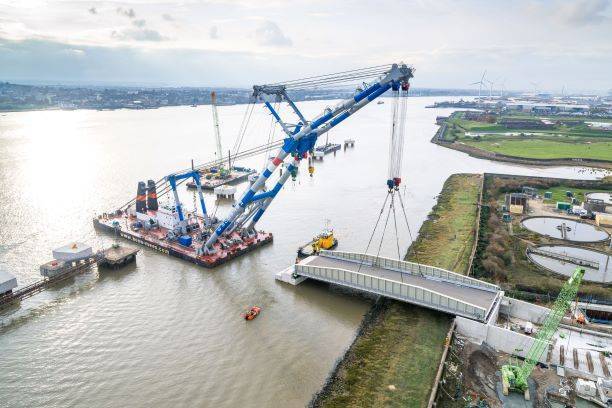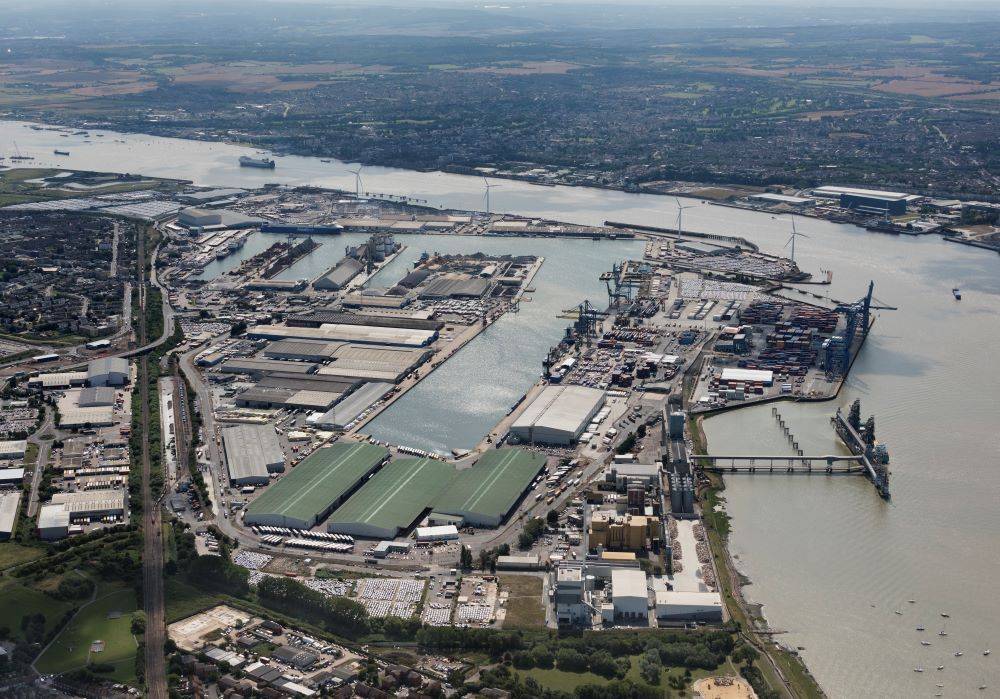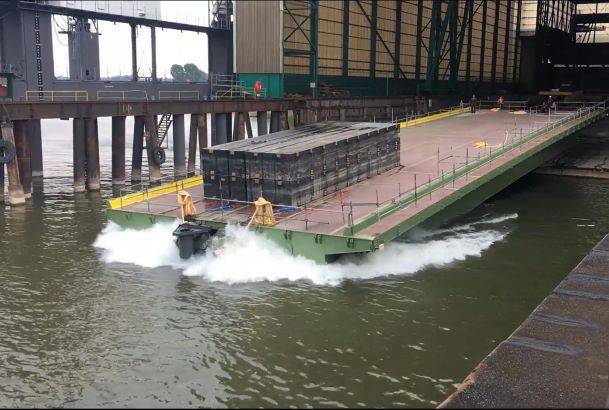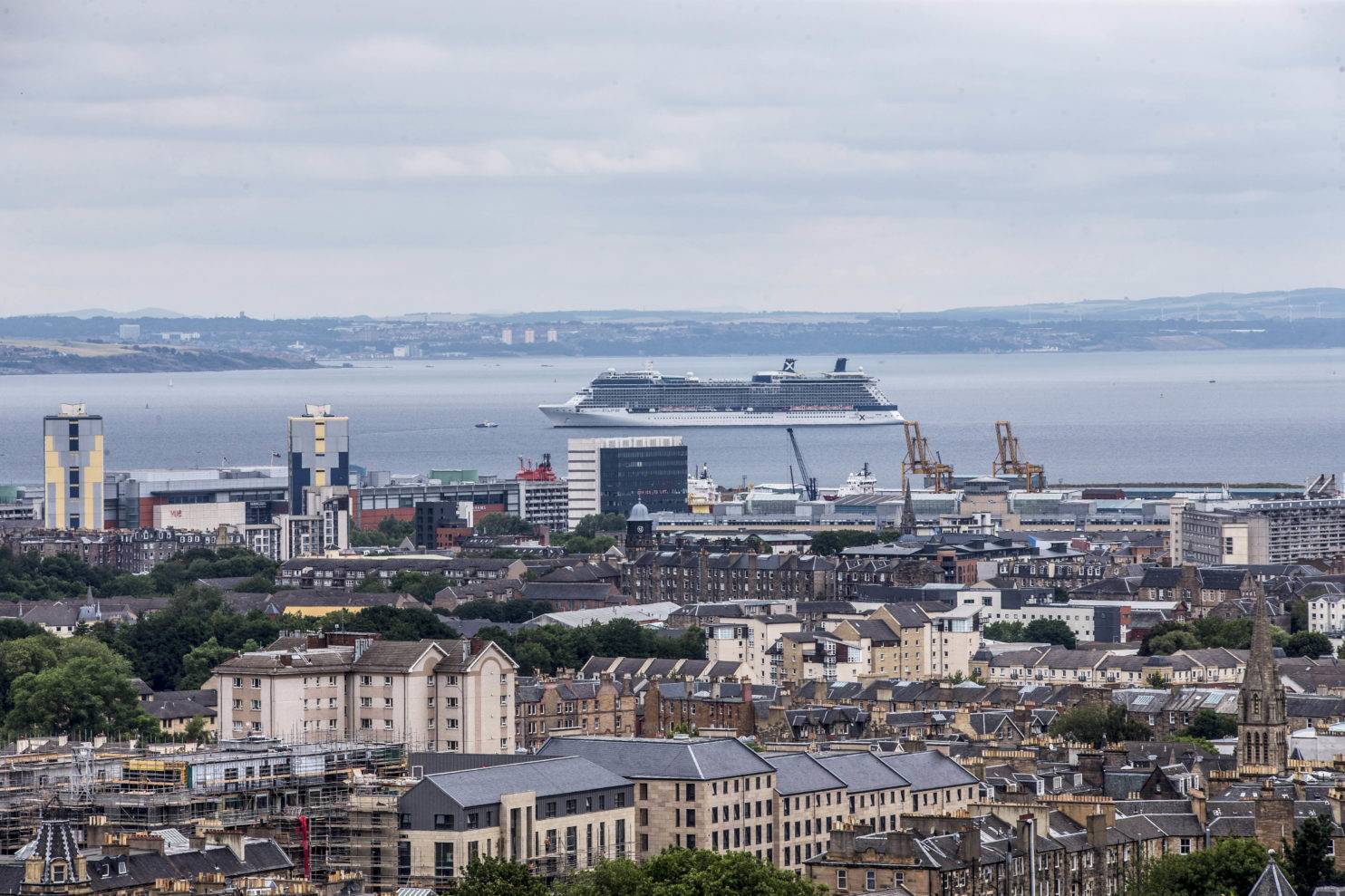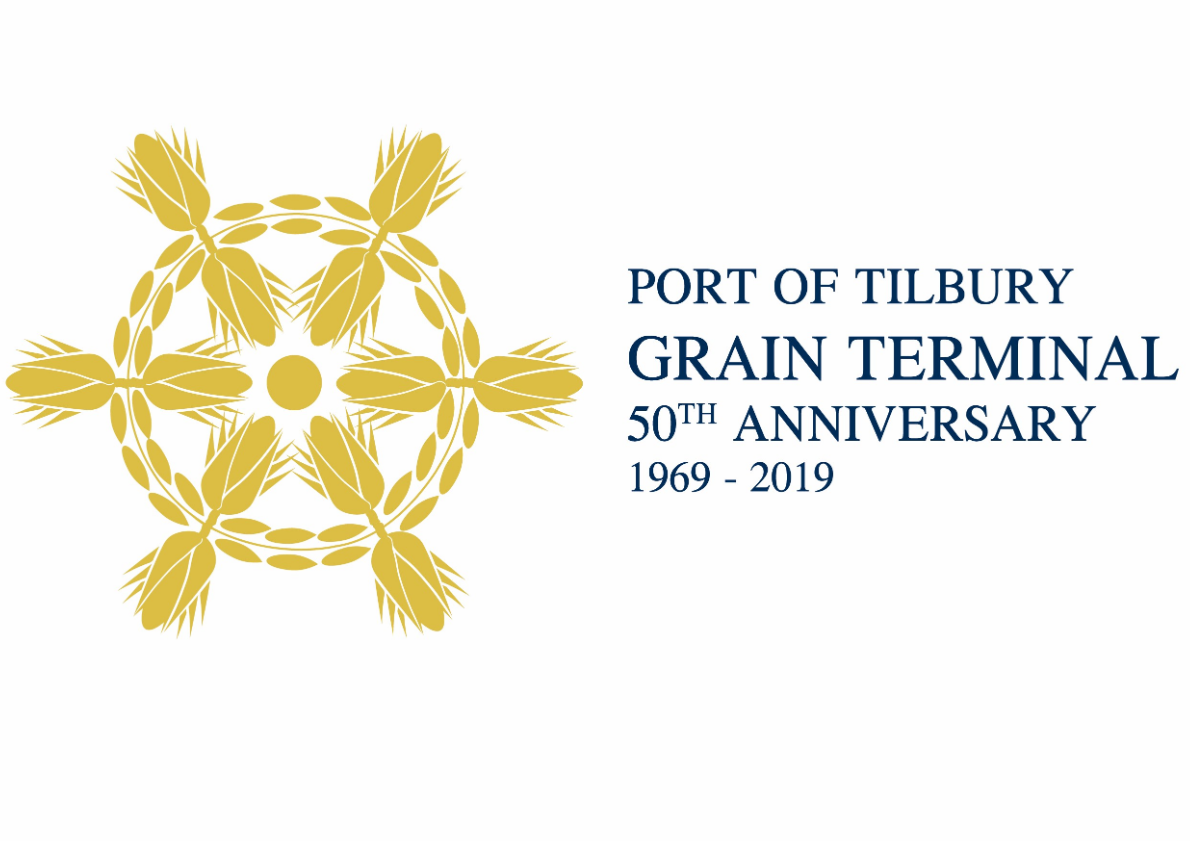Grangemouth welcomes five new Kalmar/Cargotec straddle carriers
Tuesday 11th February 2020
Scotland’s container terminal, within the Port of Grangemouth, welcomed five new Kalmar/Cargotec straddle carriers as part of a multi-million-pound investment in terminal equipment at the port. The five new Kalmar ESC 440 diesel-electric straddle carriers were built in Port of Gdynia, Poland and shipped into the port aboard the specialist cargo ship Taiga Desgagnes [see link to a time-lapse of the unloading here: https://vimeo.com/390577168/b8c4e1eec1].
The new straddles are the first phase of ‘taller’ straddles purchased by the port group in Scotland and will increase capacity of the container terminal by allowing containers to be stacked up to three high. Currently the stack is two high and with these new taller machines, the capacity of the container terminal will increase by 50%. The diesel-electric straddles are fuel efficient, low noise and feature a diesel-electric drive which fully complies with the latest exhaust emission regulations.
Senior Port Manager, Derek Knox, said: “The arrival of our five new Kalmar/Cargotec straddle carriers is an important asset and will facilitate increased container volumes moving through the port in the coming months and years. This investment builds on a year of growth in container volumes in Grangemouth despite the current economic uncertainty.
The additional capacity that will be created further secures our position as Scotland’s largest container terminal with a modern fleet of equipment and the supply of storage capacity to meet future demands. In Grangemouth we handle some of the country’s most valuable exports, such as fine foods and drinks, so flexibility and durability of our equipment is essential with further investment in our straddle carrier fleet planned over the next few years.”
Mikko Mononen, VP, Sales, EMEIA, Kalmar: “We are happy to continue strengthening our long-standing and successful partnership with Forth Ports with this delivery. Driven by a highly efficient diesel-electric power unit Kalmar Straddle carriers comply with the latest emission regulations and offer excellent maneuverability, quiet operation and easy maintenance. The 8th generation machines come with a number of refinements and improvements that have been developed in close collaboration with our customers and they have proven to be a reliable and dependable choice.”
The straddles will be put into operation next month (March) following an induction period and training for the straddle drivers. More than £6billion worth of goods passes through Grangemouth each year including food and drink, steel plate, timber, paper and equipment for the oil and gas industry.
- February 2020 -Ends –

